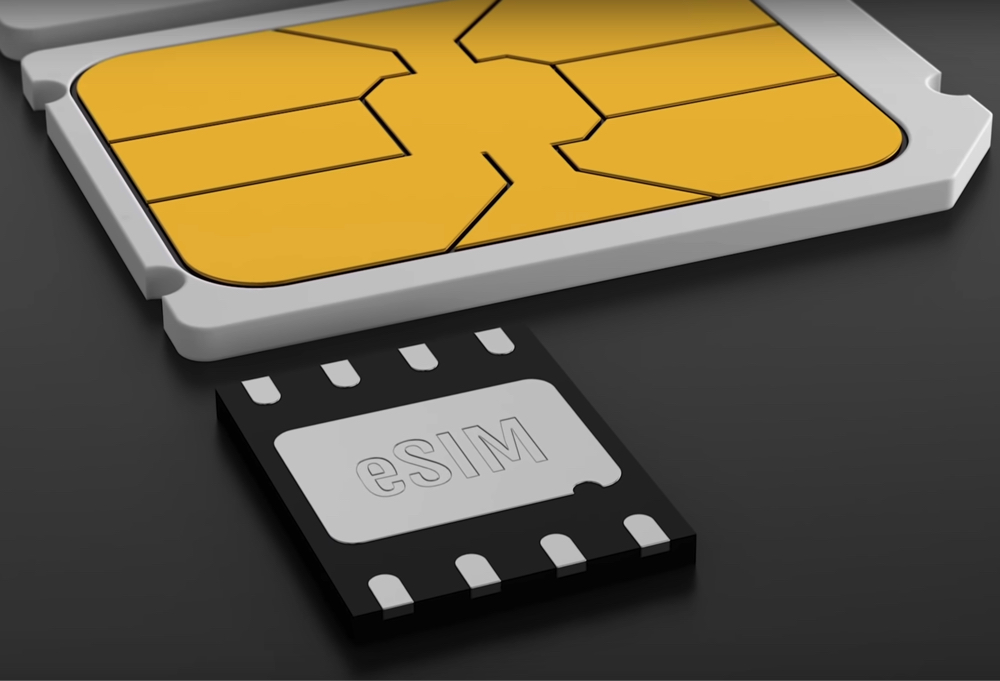Intro
The humble SIM card has been around for a long time now but it looks like it’s finally coming off. Why? Over what? Well, eSIM is here to make a change, it is much smarter technology.
It may be helpful to know what a SIM is before we dive into what an eSIM is. A SIM that is referred to as the “subscriber identity module” essentially contains data that authenticates the user’s identity to the carrier. In other words, the SIM card informs a carrier that you are yourself — and without it, carriers wouldn’t know you ‘re registered to their network and wouldn’t allow you to use their cell towers.
However, you are not here because you want to learn about a regular SIM card. It’s a nice idea to be able to learn what eSIM entails, with the new phones, such as iPhone 11 Pro, Pixel 4, and Motorola Razr boast of eSIM support. Everything you need to learn about the new eSIM is here.
What is an eSIM?
An eSIM sounds exactly as it is, an electronic SIM, or SIM embedded. SIM technology is built into your phone instead of a physical card. It is a tiny chip used by your carrier to authenticate your identity.
You will have some questions about this, of course. You may need to switch to another carrier’s SIM card to retain your coverage while traveling with a traditional SIM card. You will have to physically swap your SIM card when you decide to change carriers at home. Does this mean that you will switch phones with a built-in SIM? Fortunately, no. Nonetheless, one of eSIM technology’s benefits is that it makes the transmission of carriers much simpler. You can shift directly from your phone to a new carrier, instead of ordering a new SIM and waiting to arrive. When a dual SIM user is involved, eSIM technology supports multiple accounts — and it is incredibly easy to switch between them. eSIM will also play big contribution on rolling-out the 5G Network in public space.
The eSIM helps you to shift between lines and networks, and to manage the accounts with several additional settings dedicated to your SIM card. The Google Pixel 2 was one of the first phones to embrace eSIM technology, and the Google Play Store provides an app to manage your eSIM. Then came out the iPhone XS and provided both a physical SIM and a secondary eSIM, but the eSIM was only later enabled by an iOS update. The Chinese version of that iPhone did not use an eSIM — but provided a dual SIM slot, the iPhone 11 was continued with the same practice. It might mean that Chinese operators would less like to use the new technology, which is bad news for those who are hoping to fly and travel to China using the eSIM.
For a further explanation eSIM is useful since it helps to make devices smaller. Today, that may not matter so much to phones (though battery capacity is always nice with a little extra room), but it could be very handy for wearables. The Series 5 and 4 of Apple Watch has eSIMs so that Apple retains the size, which is vital for anything you wear on your wrist.
When can I start using an eSIM?
It may take some time before the full eSIM potential is understood, but now the right phone and service are available to everyone. Some technology manufacturers, such as Apple and Google, have already introduced eSIM technology and several of the world’s leading carriers support eSIM services. In the U.S., for example, AT&T, T-Mobile, Verizon, Truphone, and Ubigi provide eSIM support. Apple has a frequently updated global list of participating carriers, and the list is continually expanding.
In the future, eSIMs will potentially find a home in a new generation of LTE-linked computers. These computers started to be released in 2018, even though in the next few years you would expect to see more of these.

